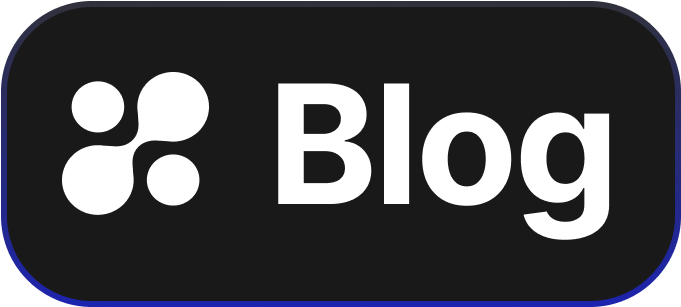Understanding DLP in Azure AD: A Guide for Technology Managers
Data Loss Prevention (DLP) is a vital part of keeping company information safe. As technology managers, you know how crucial it is to protect sensitive data. With the integration of DLP policies in Azure Active Directory (Azure AD), you can enhance your security strategy with more precision and ease.
What is DLP in Azure AD?
DLP, or Data Loss Prevention, aims to prevent unauthorized data leaks and data exfiltration. In Azure Active Directory, DLP focuses on monitoring and controlling data activity within the Microsoft environment. By setting specific rules, organizations can better manage who accesses what data and how it's shared.
Why Implement DLP in Azure AD?
1. Protect Sensitive Information:
DLP policies identify types of data that need protection, like personal identification numbers or intellectual property. This safeguarding is crucial to maintain confidentiality and compliance.
2. Prevent Unauthorized Sharing:
With DLP, you're not just setting up barriers but actively monitoring real-time data usage. This feature ensures that sensitive files don’t slip into the wrong hands, whether accidentally or intentionally.
3. Enhance Compliance:
Adhering to privacy regulations is a big responsibility. DLP helps streamline compliance by ensuring that data handling aligns with regulatory requirements.
How Does DLP in Azure AD Work?
Step 1: Identify Sensitive Data Types
Azure AD allows you to create policies that focus on specific data types like credit card numbers and social security numbers. This identification step is crucial in determining which data needs protection.
Step 2: Create Custom Policies
Once data types are identified, you can craft policies tailored to your organization's needs. These policies act as guides on how data should be handled and shared.
Step 3: Monitor Data Activity
Active monitoring means keeping watch over how data is accessed and shared. Azure AD provides alerts and reports that help you track data activity.
Step 4: Respond to Incidents
When a policy is violated, DLP can automatically trigger protective actions, such as blocking data access or sending alert notifications. Quick responses prevent data from falling into the wrong hands.
The Benefits of DLP in Azure AD
Confidence in Security: By implementing DLP, companies can securely manage their data while preventing unauthorized access. This confidence lets technology managers focus on other strategic priorities without the constant worry of data breaches.
Implementation Efficiency: The integration within Azure AD makes it straightforward for tech managers to deploy and maintain DLP policies, saving both time and resources.
Scalable and Flexible: As organizations grow, so do their data needs. DLP policies are adaptable, making it easy to scale your data protection efforts as new business challenges arise.
Explore how DLP within Azure AD can bolster your organization’s data safety with minimal setup. With hoop.dev, you can see this powerful security feature in action in just minutes. Visit our website to start your journey to securing your data intelligently today.
